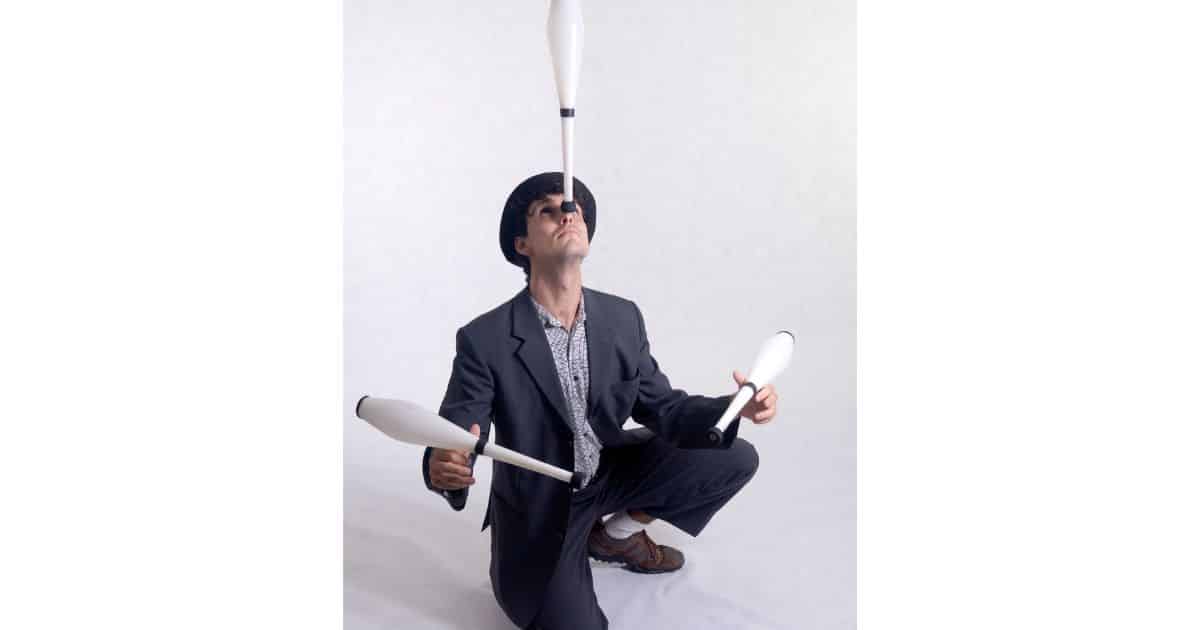Still Dealing with Lower Back Pain? You Might Be Looking in the Wrong Place
Let’s talk about something I see constantly in my practice: people who’ve been battling lower back pain for months—or even years—and nothing seems to make it stick. They’ve stretched, strengthened their core, foam rolled, gone to physical therapy, maybe even gotten injections. Sometimes they feel a little better… for a while.
But eventually, the pain creeps back in. Again and again.
That’s usually a sign. A red flag. A nudge from the body that the problem might not actually be in the lower back at all.
It might be coming from the upper neck.
Say Hello to the Righting Reflex
There’s a neurological reflex hardwired into your body called the righting reflex. Its job? Keep your eyes level to the horizon at all times.
If the C1 or C2 vertebrae (also known as the atlas and axis) are even slightly misaligned or stuck, your head can tilt off-axis. Your body, being the incredibly adaptive machine that it is, says, “Okay, no problem—we’ll fix this.”
And it does. But not where you think.
Because your upper neck is locked up, your body will compensate down the chain—tilting your mid-back, hips, or lower back just enough to keep your head level. It’s a brilliant system. But it comes at a cost: chronic strain and compensatory patterns, often right in your lower back.
Why Local Treatment Often Falls Short
If the cause of the imbalance is in the upper neck, but you’re only treating the lower back (where the pain lives), you’re going to keep chasing your tail.
You can stretch, adjust, or massage the lower back all day long, but if the real problem is above it—at the base of your skull—you’ll only get temporary relief.
This is one of the reasons upper cervical chiropractic care is so powerful. We don’t just look at where the pain is. We look at how your whole system is functioning. We assess your neurological reflexes, posture, and nervous system balance to get to the true origin of the problem, not just the loudest symptom.
Pain Is a Signal. Don’t Mute It—Understand It.
I’ve seen countless patients with persistent low back pain finally find relief—not because we treated their back, but because we corrected the misalignment at C1 or C2 and gave their body permission to stop overcompensating.
The pain wasn’t random. It was a message. The body was doing what it could to protect itself. Once we addressed the real issue, the compensation pattern resolved—and so did the pain.
This Is What Health Restoration Looks Like
This is what I mean when I talk about restoring health instead of managing symptoms.
It’s not about chasing pain. It’s about asking better questions. About helping the body do what it was designed to do—heal and self-regulate—by removing the interference that’s been holding it back.
If you’ve been stuck in a loop of short-term relief and long-term frustration, maybe it’s time to look somewhere new. Maybe the problem isn’t where the pain is. Maybe it’s time to look up—literally.
Because when your nervous system works better, everything works better. Including your lower back.

